Skinny Smugglers, a French King’s Body, and the Odd European City Home to the Other Cold War Wall
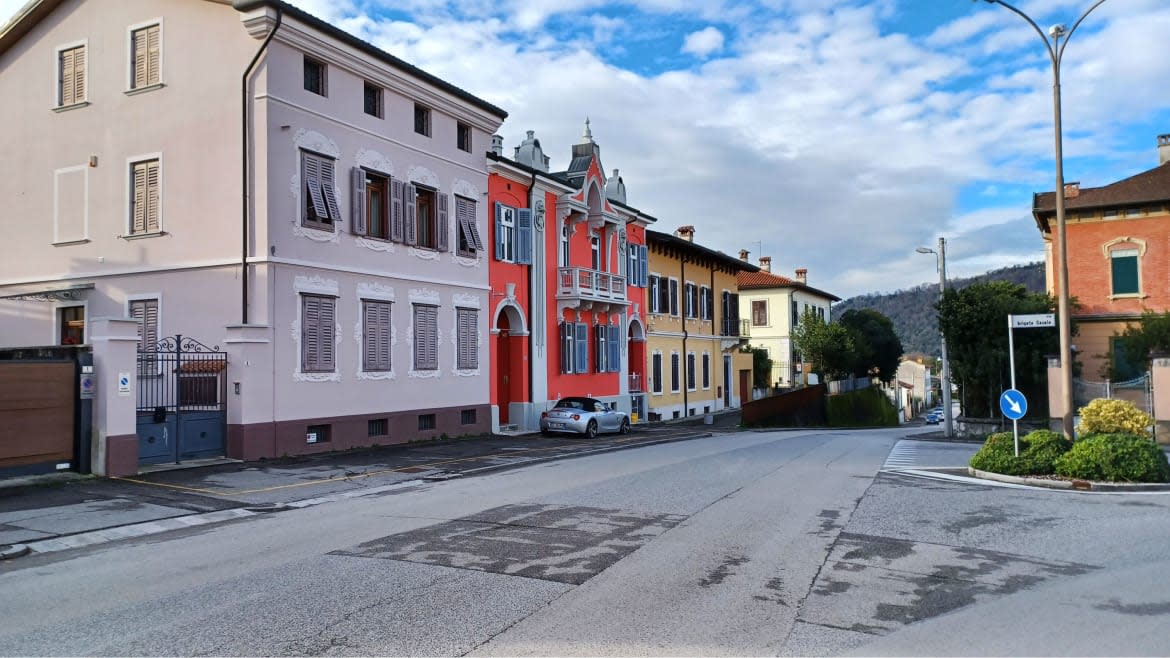
Gorizia, a small city on the Italy-Slovenia border, is one of the most interesting places in Europe: a late-Habsburgian netherworld, peppered with Balkan eccentricity that has somehow smuggled its way into Italy, pizza and all. It’s fabulously weird, intriguingly beautiful, and home to some of Europe’s quirkiest footnotes. In 1947, the city was divided between Italy and Yugoslavia—a Solomonic judgment that left a Cold War border running through houses, streets, cemeteries and, most evocatively, a square called Piazza Transalpina. This was the “other wall” in the Cold War—and one that remains surprisingly little known.
The Yugoslav side gradually grew into a new settlement called Nova Gorica, now Slovenia’s ninth-largest city. The two were reunited in 2004 when the barrier on Piazza Transalpina, “the last wall dividing East and West”, was symbolically torn down.
Of course, unlike Berlin, these are technically still two different cities belonging to two different states, but it makes sense to think of them as a single unit, and not just for historical reasons. Today, the border is largely invisible (often the only indication you’ve switched countries is the language on road signs) and both states use the Euro as their currency. Many people will live in one country and work or send their kids to school in the other. When Slovenia chose Nova Gorica as its candidate for European Capital of Culture 2025, it made perfect sense for them to invite Gorizia along for the ride. The success of their joint bid can be seen as a vindication of their (post)historical model, and a tribute to the Schengen Agreement, now in its 28th year, which has made the dream of a borderless Europe possible.
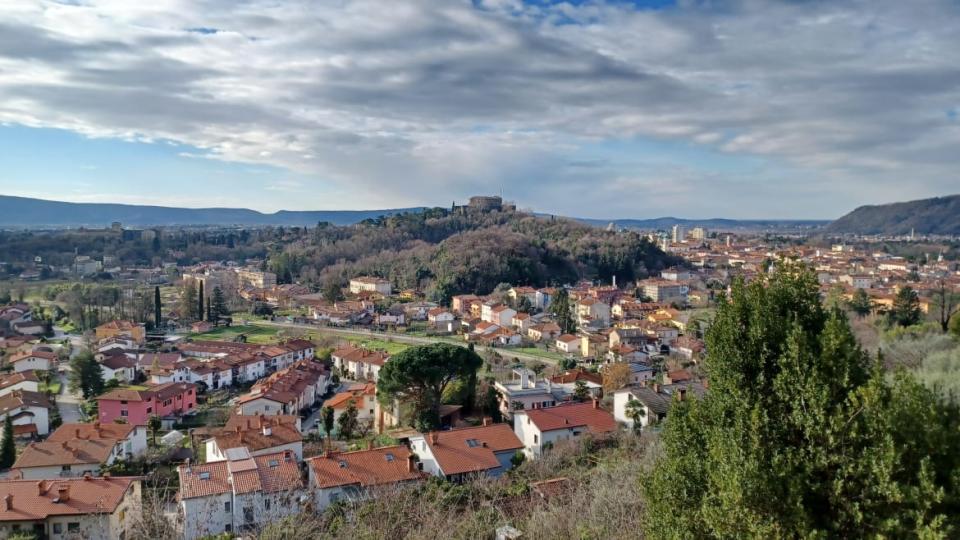
At Piazza Transalpina—today a peaceful square with a line in the ground to denote the otherwise indiscernible border—I meet up with David Kožuh, a local tour guide. The Slovene half of the square is dominated by the majestic Nova Gorica railway station, inaugurated by Archduke Franz Ferdinand in 1906. As well as hopping on a train to perennial favorites, Lakes Bohinj and Bled, the station also hosts the State Border exhibition, one of a number of “museums on the border” which have sprung up in Nova Gorica in the past few years.
“The Yugoslavs were the first to enter Gorizia,” David tells me. “They occupied the city for 40 days before withdrawing. For Slovenes, this was 40 days of freedom. For Italians, it was 40 days of hell. This is one of a number of places where the historical record must bend a little to account for different points of view.”
Gorizia was a puzzle. The city was mostly Italian, but with a large Slovene minority, which became a majority as the city petered out towards its semi-rural suburbs and hilltop villages. Both Italy and Yugoslavia felt Gorizia was rightly theirs. How to solve this?
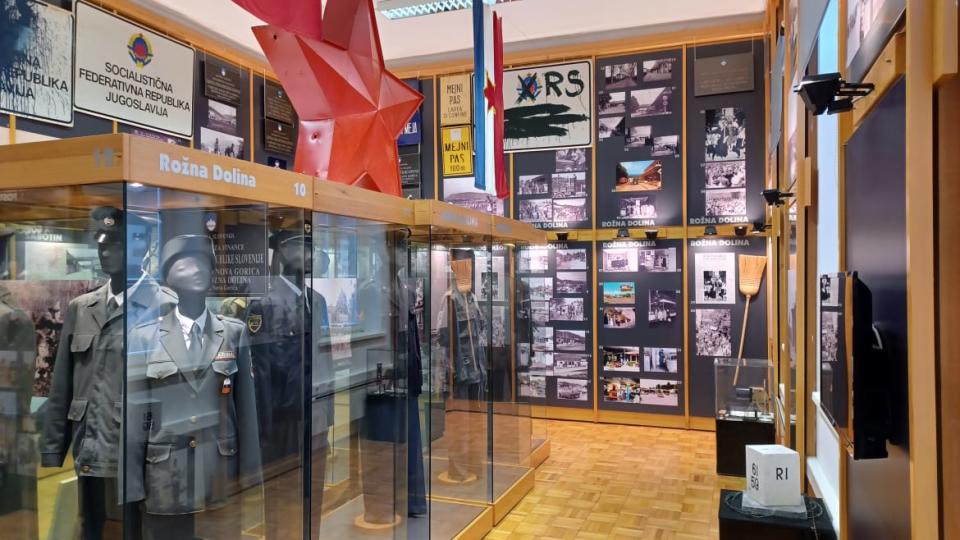
Enter the Inter-Allied Commission, composed of experts from the Big Four Allies. They arrived in Gorizia on March 3, 1946, and had one day (yes, one day) to decide on the border. The result was suitably Solomonic: Italy got around 80 percent of the urban population and the lion’s share of the centro storico. Yugoslavia got the railway station and nearly all of Gorizia’s eastern hinterland, areas that were sparsely populated but strategically valuable, including the valleys of the Isonzo and Vipava rivers and most of the hills. The border treaty was signed in February 1947 and the following weeks were a flurry of migrations as people vaulted sides before an iron curtain came crashing down.
The rushed nature of the border created several anomalies. One Italian farmer woke up to discover his stables were now in Yugoslavia and that he needed to cross the border several times a day just to check on his animals. But the most egregious example came in the village of Miren, 4 kilometers (2.5 miles) south of Gorizia. Here the border wall went straight through the cemetery, chopping graves in half. Not even the dead were spared Cold War geopolitics.
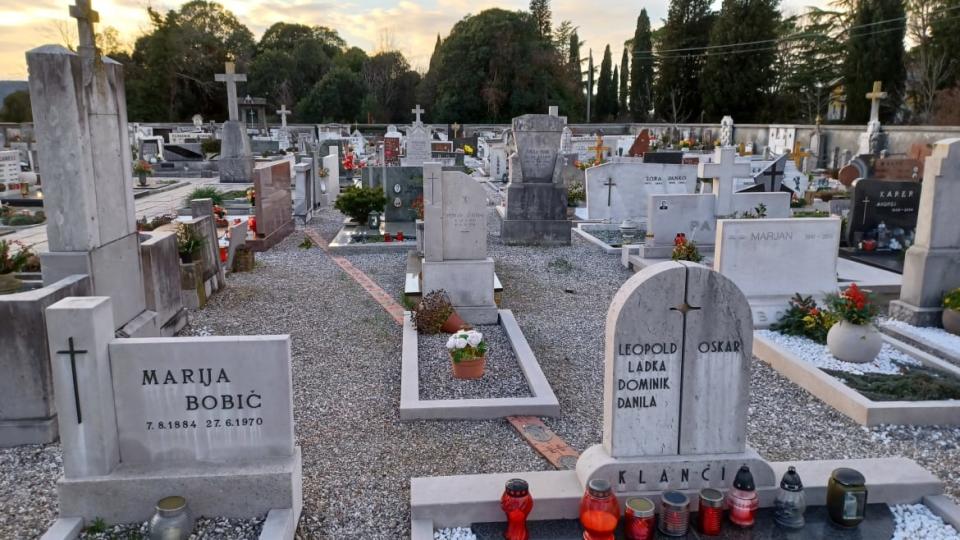
How could this have happened?
“You must imagine that the millimeter line of a fountain pen on a map is equal to about 200 meters on the ground,” says David. “So some irregularities were inevitable. When the soldiers tasked with marking out the border realized it passed through a cemetery which had been overlooked, they just shrugged and built through it. Getting the border demarcated as quickly as possible was the objective.”
These border aberrations remained in place until 1975, when they were resolved through minor land swaps. All of Miren cemetery is now within Slovenia. The Italian farmer got his stables put back in Italy.
The most interesting—and fun—of the border museums is situated in an old customs office. The Smuggling Museum is a patchwork of different exhibits which commemorate (and somewhat celebrate) the illegal cross-border trade in Gorizia during the Cold War. This may have been Europe’s other wall, but that’s where the comparisons with Berlin end. There were no death strips, no shoot-on-sight orders, and no sense of imprisonment. As the Berlin Wall was going up in the early 1960s, relations between Italy and Yugoslavia were thawing, and the Gorizia Wall, constructed 14 years earlier, was starting to waver. This is reflected in the museum’s exhibit, which presents the history of smuggling here in a playful, at times almost comical manner.
“Those who lived near the border were given special permits allowing them to cross easily and more often,” says David. “And virtually everyone became involved in smuggling.”
Yugoslavs were particularly excited about Italian jeans, usually sending the skinniest person to buy five pairs, wear them simultaneously, and then waddle like a penguin back across the border. Such farcical situations were to avoid bans or taxes on importing, which varied depending on the political climate. Smuggling also produced a new form of currency: coffee.
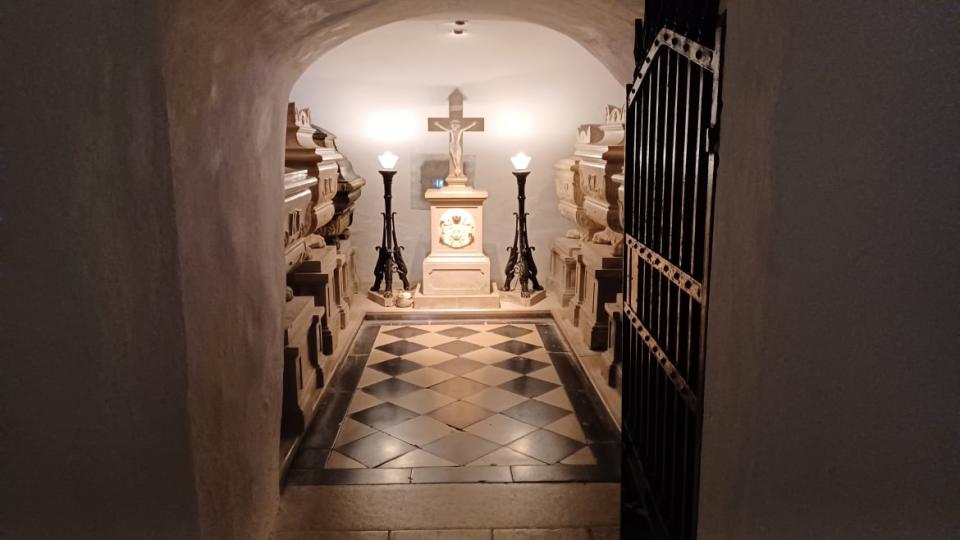
“Yugoslavia only imported a tiny amount of coffee,” says David. “And it was terrible, almost undrinkable. So coffee became one of the most desired Italian products.”
For 500 grams (1 pound) of coffee, Italians could get 30 Slovenian eggs, 2 kg of Slovenian meat or 3 liters (0.8 gallons) of Slovenian spirits: 60 kg of coffee was enough to buy you a Volkswagen Golf. “Many Slovenes paid for their weddings with coffee,” says David.
For their part, Italians were going to Yugoslavia to smuggle back cigarettes (half the price), Cuban cigars and rum (difficult to acquire west of the wall) and meat, which was considered better quality than in Italy (and much cheaper too). This last one still goes on today, much to the chagrin of Italian butchers.
The contraband was hidden in all sorts of places: in or under clothes, in cars or bikes, anywhere a customs officer might not look. But locals soon discovered a loophole: male border guards were not legally allowed to touch women. Lookouts would wait for the female border guard to leave her shift and then give a signal, at which point dozens of women would swarm the border, their clothes concealing all kinds of contraband. The male border guards, unable to properly search the women and overwhelmed by their numbers, would reluctantly let them cross.
But the museum saves the best for last: a specially designed escape room, set in the old interrogation office, where you play the role of a smuggler who has 30 minutes to escape before the border guard returns.
“This is something we devised at the tail end of 2020,” says David. “We wanted to add some kind of game for groups to play, so they could treat the museum as a fun day out.” The escape room is available in Italian, Slovenian and English, and the museum asks you give them three days’ notice if you’d like to play it.
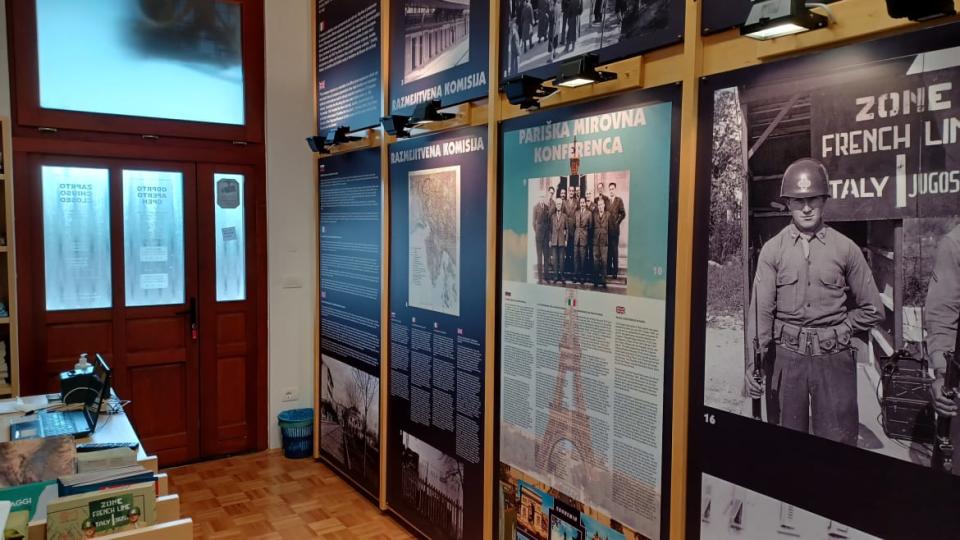
After lunch at a charming local place called Madonca, I walk into Italy to check out old Gorizia. It’s an attractive and likable place, surrounded by dense, foggy hills draped in vineyards and crowned by fortified villages that give it the air of a slightly moodier Tuscany. Its position at the convergence of the Latin, Germanic, and Slavic worlds has contributed to its ambiguous, multicultural atmosphere, something reflected in its eclectic architecture, culture and cuisine, which are unlike anywhere else I’ve visited.
It's also full of bizarre Euro-subplots. Who knew, for instance, that Charles X, the penultimate King of France, is buried at Kostanjevica Monastery in Nova Gorica? The last of the Bourbon monarchs ended up here following the 1830 July Revolution, given refuge by the Austrian Emperor. He died of cholera a few years later and was entombed with his family in the crypt of the monastery, becoming the only French king buried outside of France. As control of the monastery passed from Austria to Italy to Yugoslavia to Slovenia, the French have repeatedly asked for the return of the body–but to no avail. It remains here in Nova Gorica as one of Europe’s most curious Easter eggs.
The next day, I found myself drawn back to Piazza Transalpina. It exerted a strange pull on me and there was something about it which kept lingering on my mind. Does any square in Europe symbolize the continent’s history more than this one? In the space of a century, it has seen the collapse of empires, the rise of nation states, fascism, war, division and finally unity. Can it tell us something about where Europe is heading next?
At the square I see two young women playing around on the border line, taking selfies of themselves with a foot in each country. They introduce themselves as students from Spain, doing their semester abroad at the nearby University of Trieste.
What brought you to Gorizia, of all places? I asked them.
“It’s just quite funny,” they said. “There used to be a border here.”
Get the Daily Beast's biggest scoops and scandals delivered right to your inbox. Sign up now.
Stay informed and gain unlimited access to the Daily Beast's unmatched reporting. Subscribe now.

